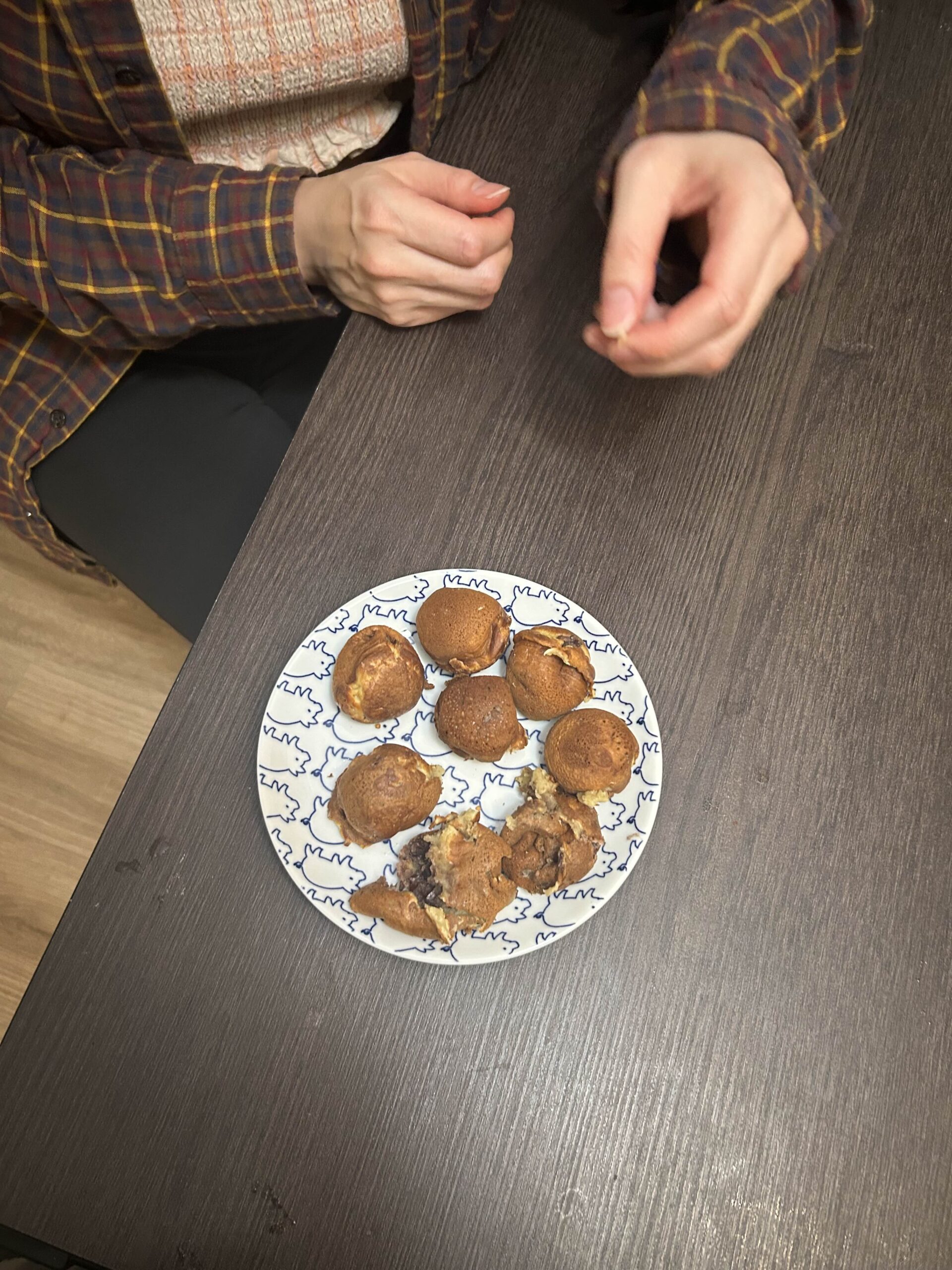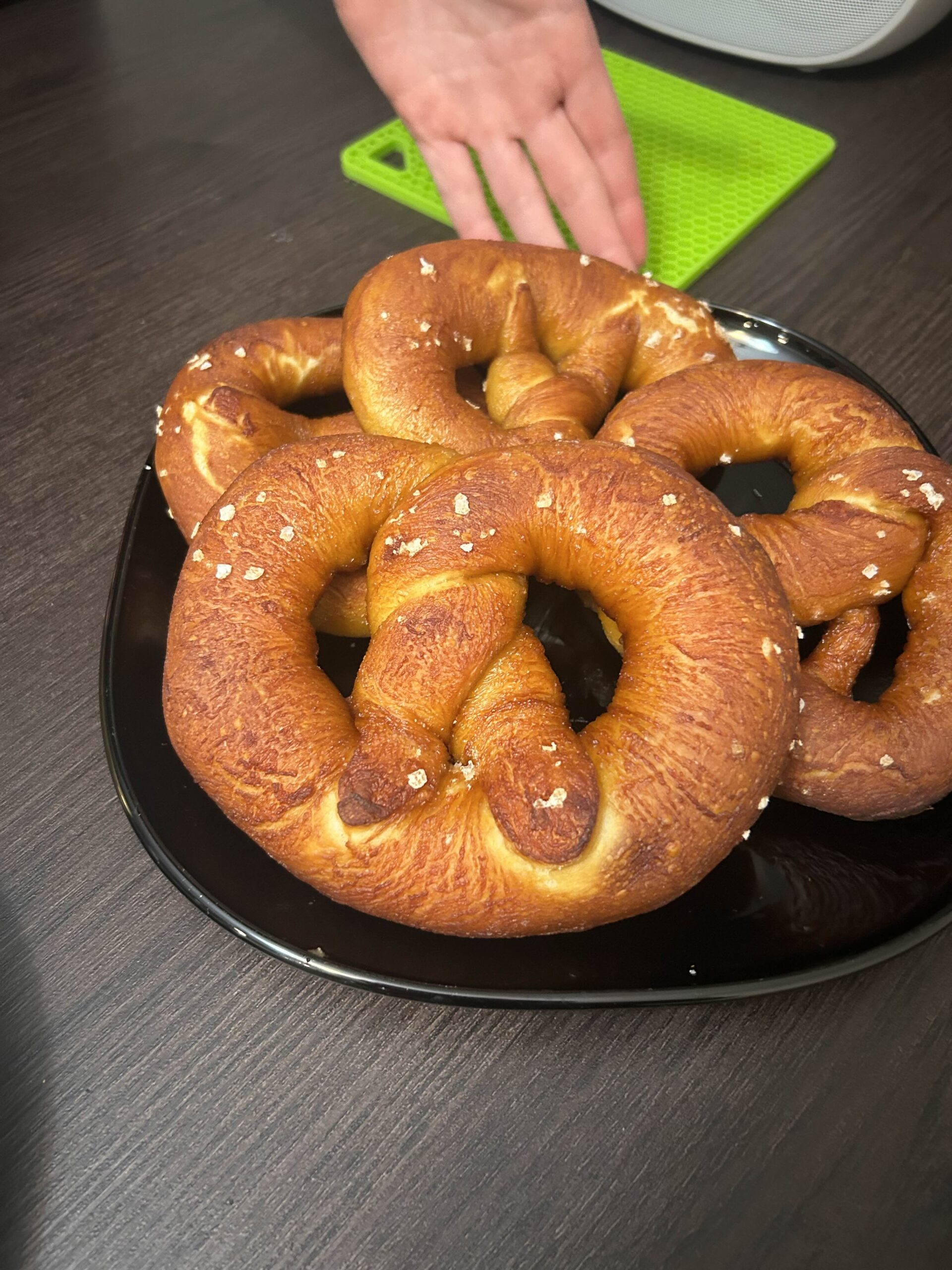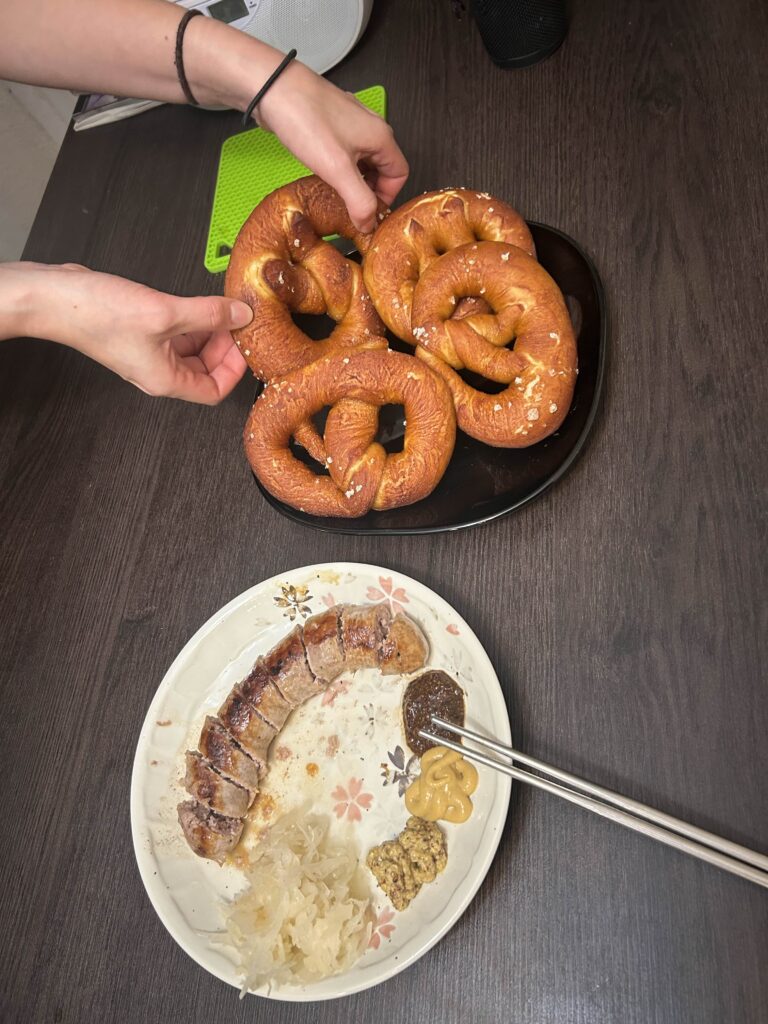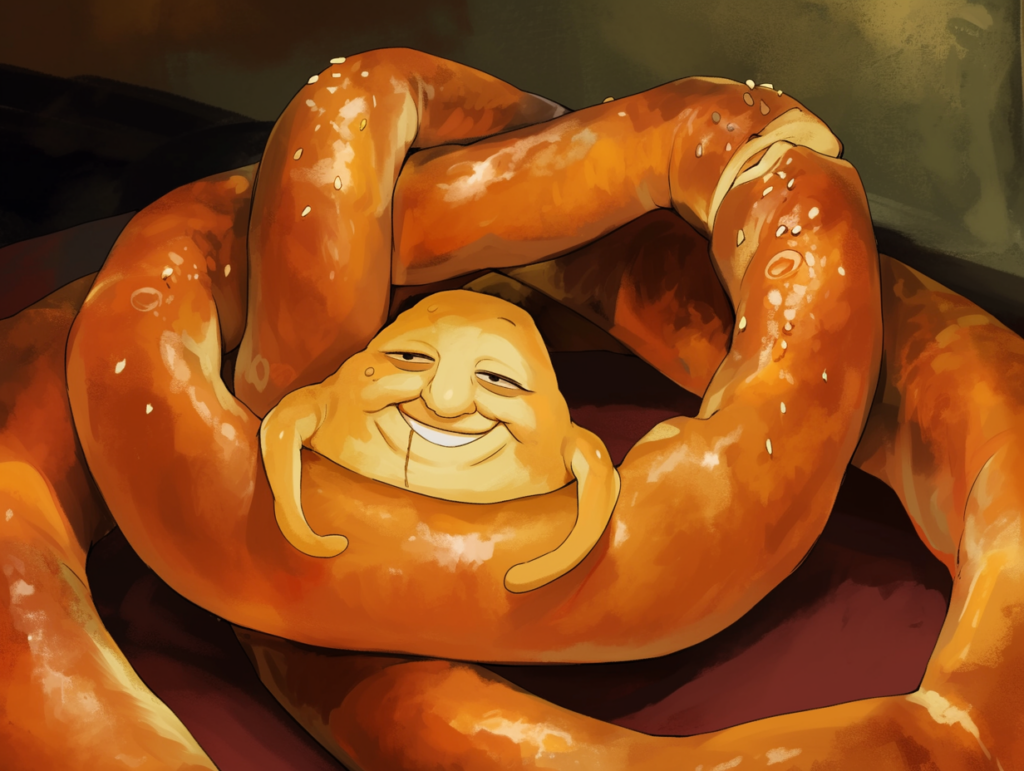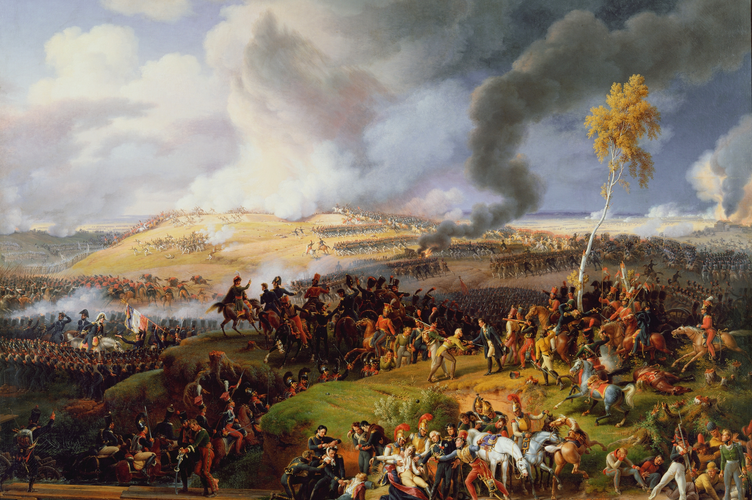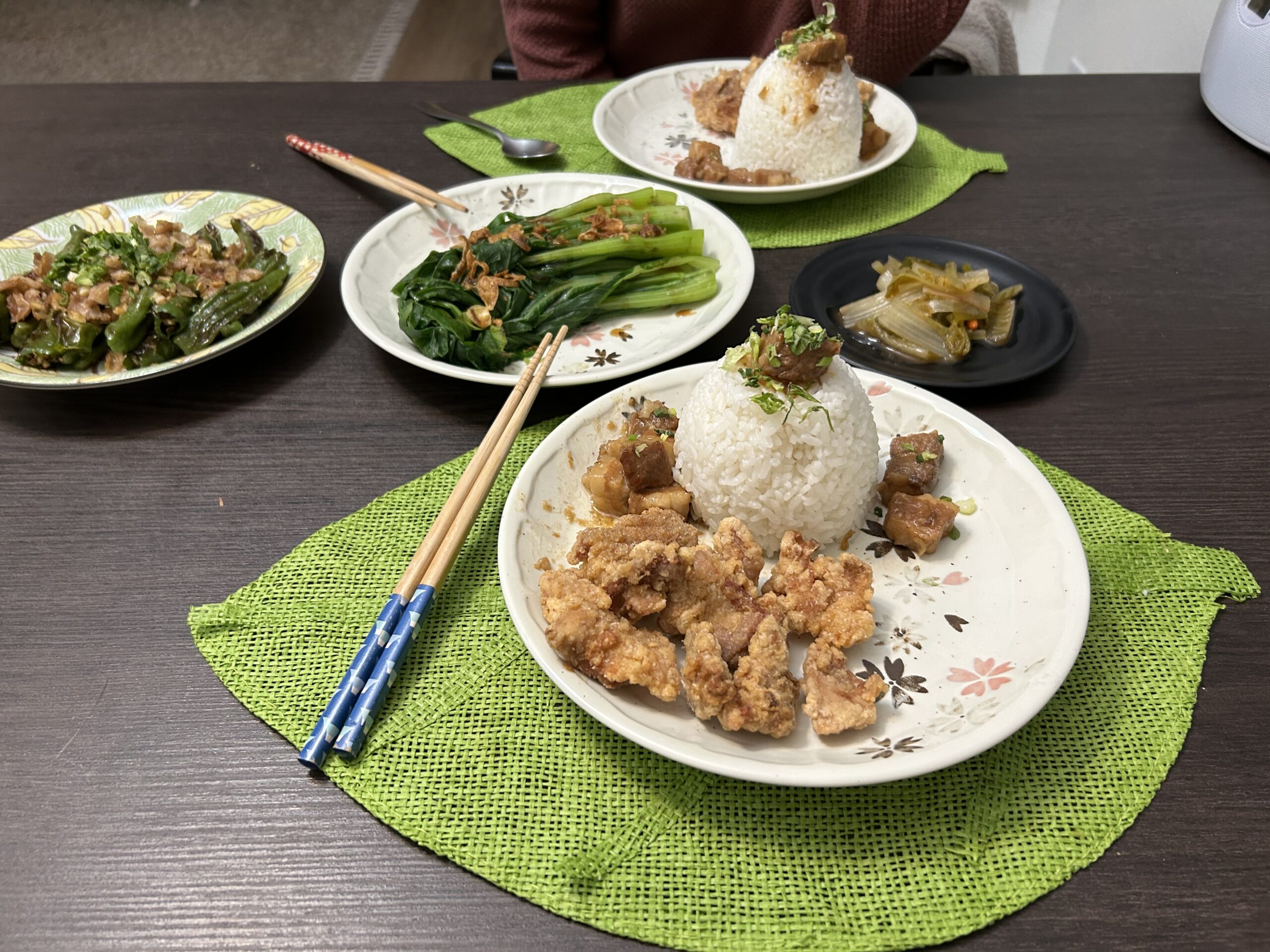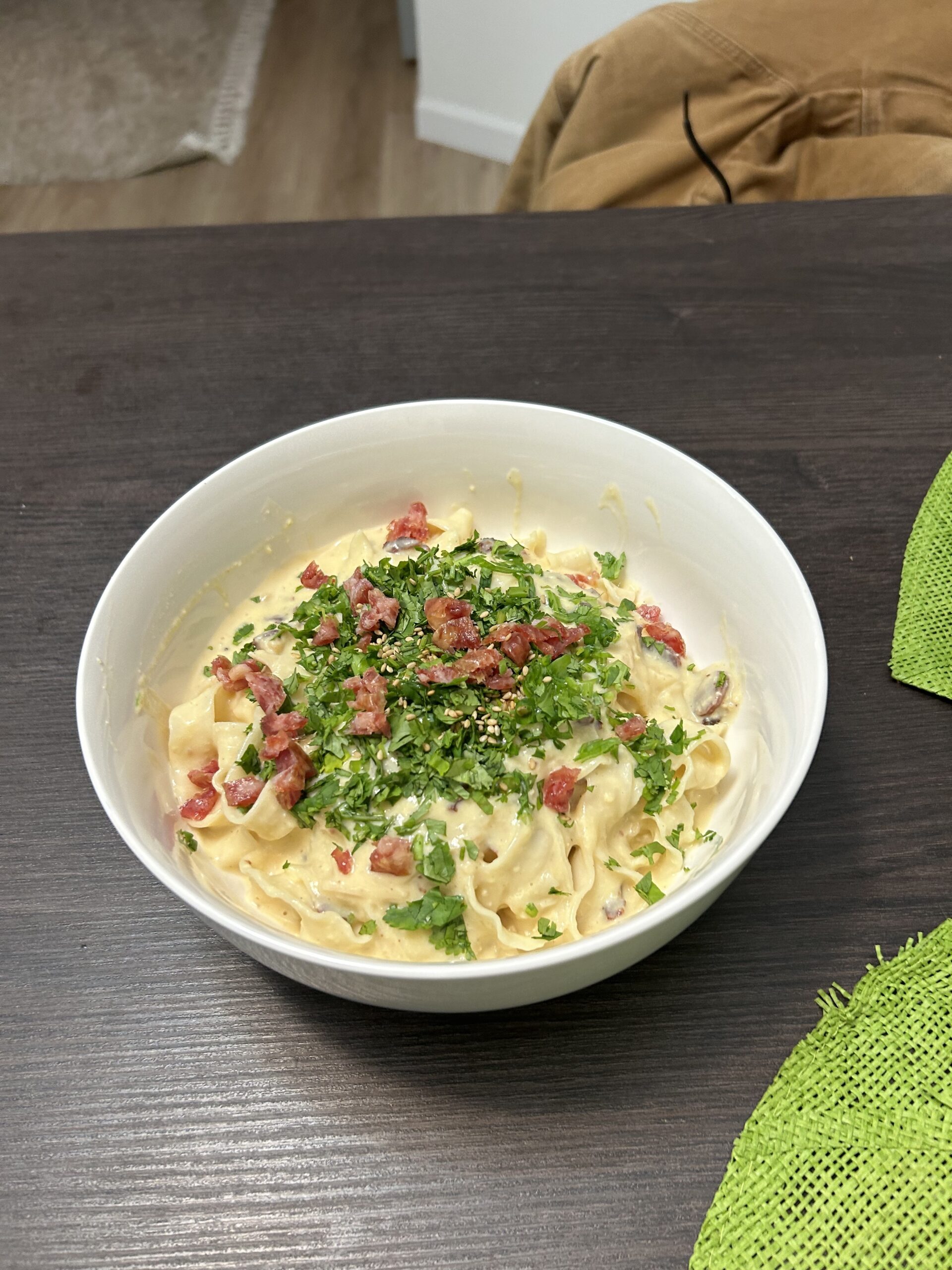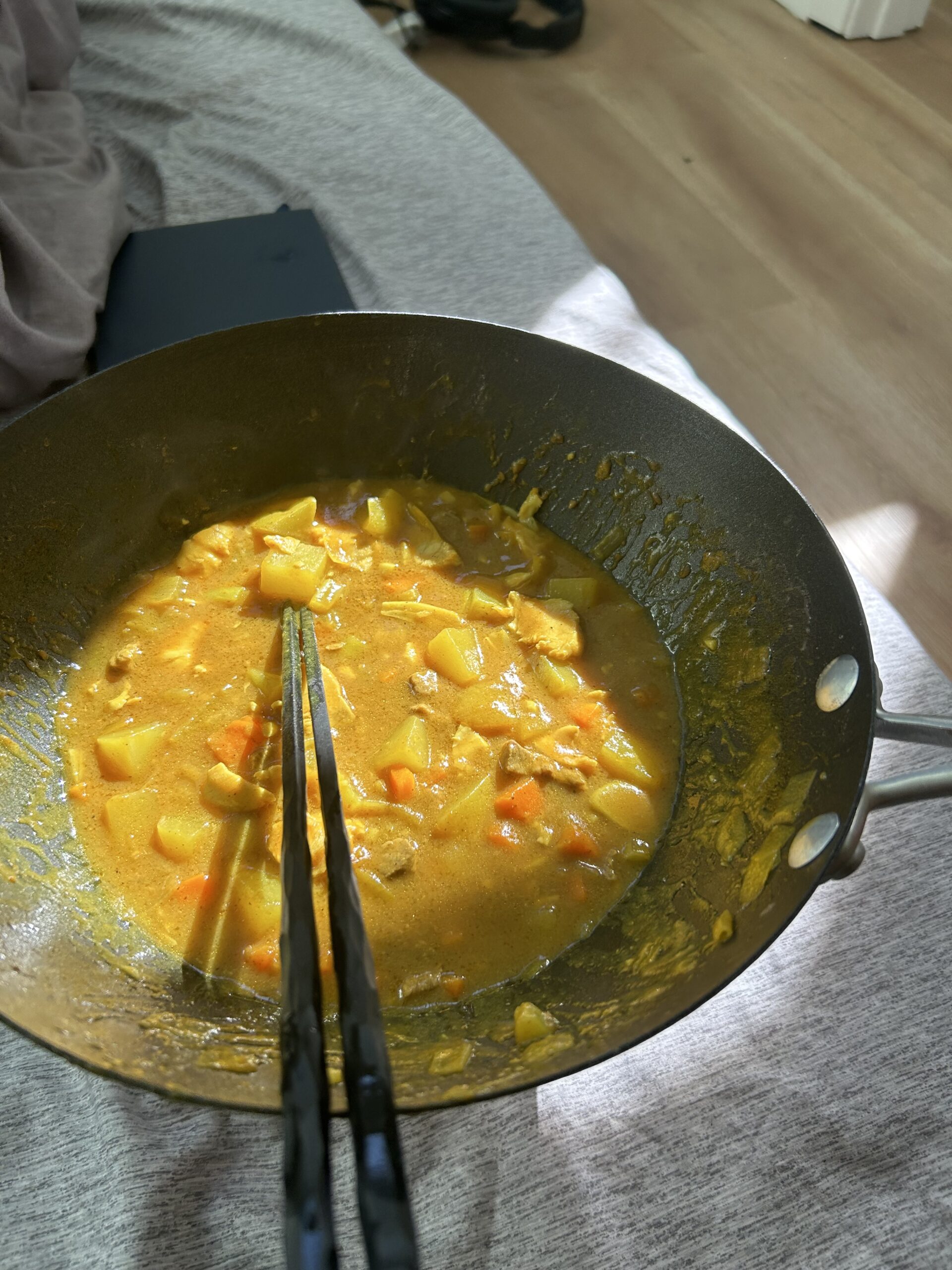A strange thing happens to me when I play Super Smash Bros with my friends. It’s late in the evening and someone offers to play a one and one match with me. They choose Fox, I select ROB. I go with ROB even though he’s not my best character because I want to feel out the other person’s skills before I give it my all with my best character, Yoshi. A small part of me also doesn’t want to lose with my best character right away. The match begins and I use my usual attack strategies. But the other player is quick. They leap around and anticipate my moves, and I find after a short time that I’ve lost a stock.
I start to lean in. My face tenses up. I realize dimly that I haven’t been blinking. And my character’s movements start becoming more erratic. There’s a small voice in my head–“don’t lose, don’t lose you piece of shit. Read that roll. Now jump. No, not like that dumbass. Don’t lose”.
ROB gets read like a children’s book. My lasers whiff. My top gets grabbed midair and I get downspiked at 40%. I lose. And afterwards, I can’t bring myself to look into my opponent’s smiling face. I want to retreat into myself and roll up like a tinned anchovy, sealed away from light and the eyes of the world.
I’ve always hated the competitive aspect of gaming. And in situations that only feel competitive (but aren’t), like getting positive reviews at work or discussing the merits of Kantian Ethics, I react like a slug dropped in a barrel of fish sauce.
If I’m being honest this antipathy to competition has been a quasi-debilitating aspect of myself that I’ve been aware of but haven’t addressed all my life. That is, until I read The Inner Game of Tennis.
I have a friend likes to play competitive games like Tekken and Super Smash Bros. The last time I saw him while visiting my GF’s family in California, he gave me a copy of The Inner Game of Tennis by Timothy Gallwey.
Gallwey wrote The Inner Game of Tennis in 1974 after learning meditation techniques. He is/was a professional tennis instructor that played at Harvard when he was a college student. Even though the book was written for tennis players, I believe it contains wisdom applicable to almost anyone.
In short, the book helped me recontextualize and reframe almost everything I do in my day-to-day life. It provides advice for doing my best under pressure, how to bring out my best performance, and most importantly, how to view competition, defeat, and rivalry as a positive force for change rather than a source of toxicity.
Gallwey’s main thesis in the book is that every game of tennis has two parts. The first is the one we all recognize–the worldly exchange of racquet swings, the ball being shot back and forth until someone can’t return it or it goes out of the court. The second takes place inside of the player’s mind. The player struggles against their doubts, fears, distracting thoughts (“Did I close the garage door on my way out?”), hopes, etc. and tries to quiet their mind so that they can simply play, un-burdened.
He argues that success in tennis, as well as any other pursuit, consists of silencing that conscious part of our mind that thinks about the future, dwells on the past, makes judgements about what is and isn’t, and tries to instruct itself on what to do. The successful player only needs to let go of wanting conscious control, so that their unconscious self, which Gallwey writes is powerful beyond estimation, can take over.
This kind of message is one that’s probably familiar to anyone in 2025 that’s heard advice to “be present” or “be mindful”. It’s been over 50 years since The Inner Game of Tennis was written but I believe that even so Gallwey adds to that message and illustrates in ways that are really profound and poignant.
For example, he tells the reader that one of the obstacles to the silencing of the conscious mind is the feeling many players have that achieving victory then feels less significant, because they didn’t “do anything”. Gallwey acknowledges that this is a valid thing to feel. I think that the ironic implication here is that in order to “win” one must silence that part of oneself that’s trying to win.
The tension of combining a buddhist/mindfulness doctrine with competitive tennis is where a lot of the book’s best advice comes from.
One of the last chapters of the book talks about competition, and how the author reframed it. At first he believed that competitive sports were for some people and not for others. For those that like to win over another, tennis and football might be appropriate activities. Whereas for those who don’t, hiking or surfing might be. But he explains that for hikers and surfers, the main objective is to overcome an obstacle in oneself. Most surfers will try to surf the hardest waves they can, and a hiker will continually push themselves to attempt steeper or more treacherous climbs. In the same way, players of competitive pursuits challenge themselves by going against others that might be more skilled. In this light, losing to another player shouldn’t be regarded as a failure, or a defeat to another person. Rather, it should be seen as a discovery of one’s personal limitations. Thus, the player who’s lost to another person should be grateful that they’ve found a challenge to meet up to, a personal limit that they might one day overcome.
Gallwey has a couple of eyebrow raising anecdotes in the book, like a proverbial tale he spins about a sleepwalking naked woman, but other than these I think the book has aged remarkably well, and I highly recommend it.
I haven’t played smash in a while, but I’m okay with finding my limits in other places.

